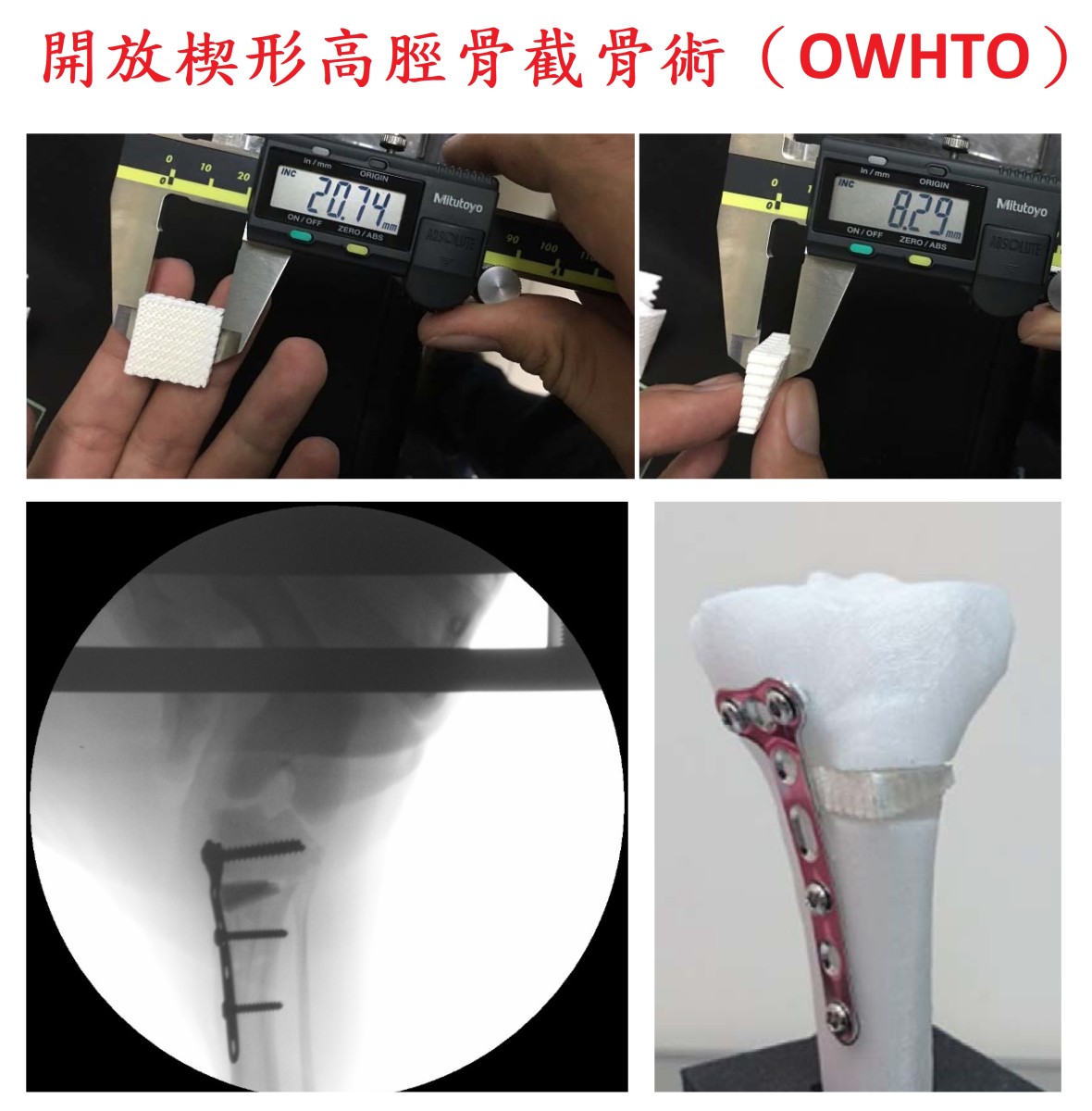| Summary |
Limitation of 3D printed parts is that the mechanical properties of printed objects do not always resemble the repaired tissue in terms of modulus, and strength. Our novel methods can enhance mechanical properties are mainly based on the admixture of a combustible reverse negative thermoresponsive hydrogel (poly(Nisopropylacrylamide base) that burns away during sintering in the resulting object. However, sintering densification is expected via free volume contraction, which will increase the mechanical properties after the formation of the porous bioceramics. |
| Scientific Breakthrough |
1. The invention adopts a slurry of negative temperature responsive hydrogel/ ceramic powder, which form green body by 3D extrusion printing with heating control technique, and then can obtain a high strength ceramic device under high temperature sintering.
2. The negative temperature responsive hydrogel has the ability to drain after auto-shrink when the temperature rises, so that the green body can be densified. The principle is like cold isostatic pressing (CIP) technology, because it can shrink evenly and reduce the internal stress during shrinkage, and does not require a slow and time-consuming for drying process. The other hand, the sintering process can be performed at immediately, and the final sintered sample also can keep solid shape with better mechanical properties.
3. The final 3D biocermic product have an interpenetrating channel, and also have excellent mechanical properties to maintain the new bone regenerative activity and their bone integrity with host bone.
4. This 3D biocermic has good biocompatibility, conductive for bone growth environment, and also can accelerate bone growth when it combines with bone growth factor.
5. We can fabricate standardized bone graft or customized bone graft. Besides, the bone repair surgery can be simple and easy to operate.
6. The composition of the 3D biocermic product is the same as that of clinical commercial products. Therefore, it has good biocompatibility and the related regulations can follow FDA 510K.
7. This technology has been able to make all-ceramic crowns and other dental products on zirconia materials. In addition, the gradient color print ink materials has also developing.
8. These 3D printing technologies and related biomedical materials development in this case have been applied for Taiwan patents and PCT patents. |







